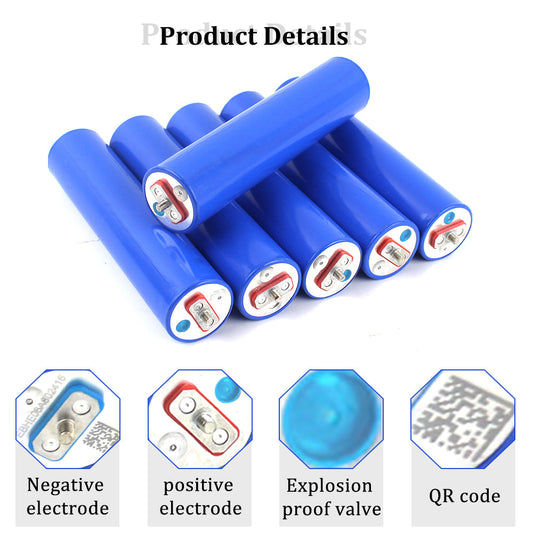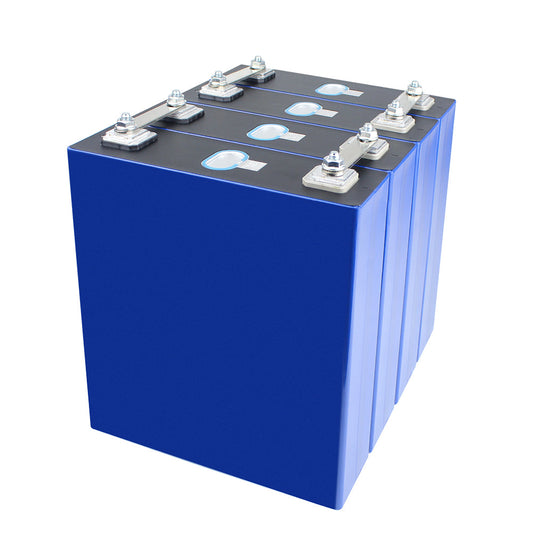The advantages of sodium power include low cost, abundance and affordability, as well as higher energy density relative to lithium-ion batteries. This makes sodium electricity have broad application prospects in the field of energy storage, and can be used as a backup power source for large-scale energy storage systems, such as wind power and solar arrays. In addition, sodium electricity can also be used in the power battery system of electric vehicles to reduce the cost of electric vehicles. In areas with harsh environments, such as oceans and oil-gas drilling, the electrolyte of sodium batteries is relatively stable and can work in high-temperature and high-salinity environments.
The main application areas of sodium electricity include: energy storage, low-speed electric vehicles, power tools, communication base stations, backup power supplies, etc. With the continuous development of technology and the reduction of costs, the application scope of sodium batteries is expected to gradually expand, especially in some fields that require high safety and reliability. Sodium batteries are expected to replace lithium batteries and become the mainstream technology.

The development trends of sodium electricity mainly include the following aspects:
1. Improve battery performance: By improving the positive and negative electrode materials, optimizing the electrolyte formula and structure, etc., the energy density, rate performance and cycle life of sodium batteries can be improved.
2. Reduce costs: The material cost of sodium batteries is relatively low, but its overall cost is still higher than that of lithium batteries. Therefore, reducing the manufacturing cost of sodium electricity and increasing production capacity are one of the future development directions.
3. Research and develop new sodium electricity materials: With the development of sodium electricity technology, new positive and negative electrode materials, electrolyte materials and electrode structures are constantly emerging. These new materials are expected to further improve the performance of sodium electricity and reduce costs.
4. Strengthen safety and reliability research: The safety and reliability of sodium electricity are one of its main advantages. Therefore, it is necessary to strengthen research and development on the safety and reliability of sodium electricity in the future to improve its performance in various application scenarios. security and stability.

However, there are also some problems with sodium electricity that need to be solved, such as oxygen may be produced during the charging and discharging process, which will affect the life of the battery, and there is relatively little cathode material. At present, sodium-ion batteries have entered the commercialization stage, and it is expected to form a basic industrial chain by 2023. In the future, with the continuous advancement of technology and the increase in R&D investment, it is believed that sodium batteries will play an increasingly important role in the field of energy storage.
Energy storage is the process of storing energy so that it can be released when needed. Energy storage technology can convert energy into different forms, such as mechanical energy, electrical energy, chemical energy, etc., through various physical or chemical methods to achieve long-term or short-term energy storage and release. The application fields of energy storage technology are very wide, including four major categories: power energy storage, communication energy storage, household storage, and portable energy storage.
The application range of energy storage technology is very wide, including but not limited to the following aspects:
1. Power peak shaving: Energy storage technology can be used to adjust the load peak of the power system and alleviate the contradiction between power supply and demand.
2. Renewable energy grid connection: Energy storage technology can be used to connect renewable energy power generation to the grid, balance power supply and demand, and improve the stability and reliability of the power grid.
3. Energy storage: Energy storage technology can be used to store excess energy so that it can be released when needed, such as solar energy, wind energy, etc.
4. Smart microgrid: Energy storage technology can be used to build smart microgrids to achieve decentralized storage and utilization of energy and improve energy utilization efficiency.
5. Transportation field: Energy storage technology can be used for energy supply of electric vehicles, drones and other means of transportation to achieve green travel.

The development trends of power energy storage technology mainly include the following aspects:
1. Technological innovation: Improve energy storage efficiency and reduce costs by continuously optimizing the structure and performance of energy storage devices.
2. Large-scale application: Promote the large-scale application of power energy storage technology in various application scenarios through demonstration projects and commercial operations.
3. Policy support: Strengthen policy formulation and implementation, and promote the research, development, demonstration and promotion of power energy storage technology.
4. Multi-energy complementation: Combining renewable energy power generation, smart grids, microgrids and other technologies to achieve the complementary and coordinated operation of multiple energy sources and improve energy utilization efficiency and sustainability.

With the development of the energy Internet and the popularity of renewable energy, the importance of energy storage technology has become increasingly prominent. At present, energy storage technology is developing in the direction of high efficiency, low cost, safety, and environmental protection, such as the research and development of new energy storage technologies such as sodium batteries and hydrogen energy. In the future, with the continuous advancement of technology and the continuous expansion of applications, energy storage technology will play a more important role in the energy field and make greater contributions to the sustainable development of mankind.






